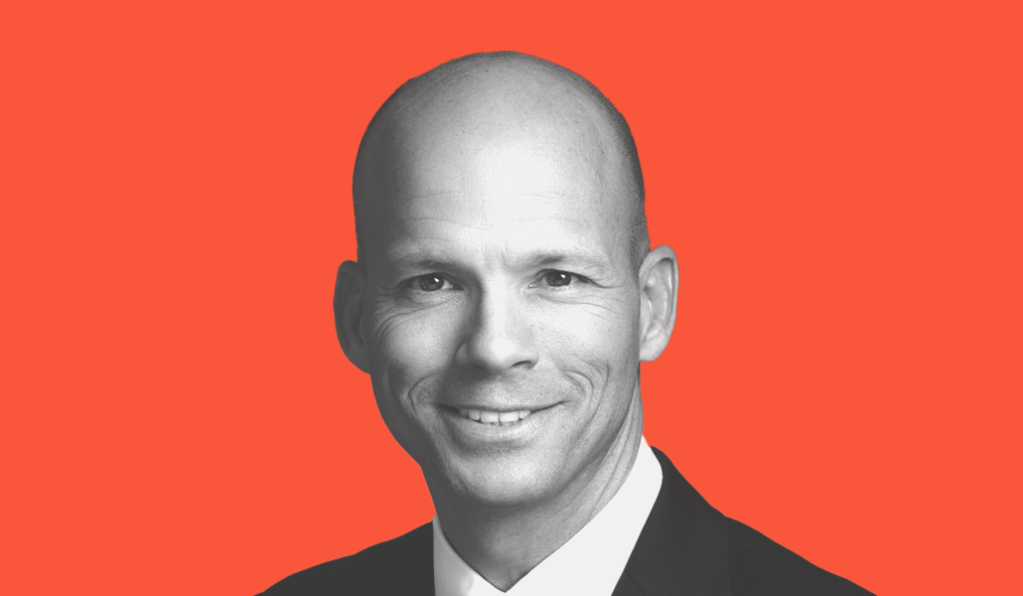Dollar General’s CMO on how its retail media network reaches rural shoppers

This article is part of a limited series exploring the challenges and opportunities associated with commerce media, from e-commerce to retail media networks. More from the series →
When Dollar General began building out its retail media network a few years ago, the discount retailer made a surprising realization: There was a disconnect between the audiences it was reaching and where its customers lived.
“[Marketers] are optimizing into the most efficient audiences and there’s a direct correlation to those audiences in more densely populated areas,” explained Dollar General CMO Chad Fox. “… We were optimizing into the more densely populated areas and away from the vast majority of our stores.”

Since then, the retailer has overhauled its retail media network, amassing more than 90 million customer profiles and along with them a surfeit of first-party data. Now, the retailer says it counts 51 advertising partners onboarded for 2023 — up from 21 when it launched in February 2022 — and hopes to add another 100 smaller advertisers by the start of 2024.
In an interview with Digiday, Fox talked about the company’s overall marketing strategy, a new retail media partnership with Meta, and why Dollar General is positioning itself as an “audience provider” rather than just another retail media network.
This interview has been edited for brevity and clarity.
How does Dollar General’s retail media network fit into the company’s overall marketing strategy?
We’re big fans of eating what we cook. So as we stand something up, how do you productize that and then make it available to our advertisers? … And so much of what we try to do as a marketing department is tell that story because that’s what drives consideration and keeps us top of mind, and drives traffic to the stores. So it’s a shared objective on the part of us and our vendors.
What’s a more specific example?
[Marketers] are optimizing into the most efficient audiences and there’s a direct correlation to those audiences in more densely populated areas. And so they’re unintentionally optimizing out of small-town rural America — out of roughly 30% of the country. But since 75% of our stores are in markets of 20,000 people or less, they are unintentionally optimizing out of the fastest growing brick-and-mortar retailer in the U.S. We saw this early on when we were … starting to invest in digital marketing and shifting out of the more traditional stuff, where we were optimizing into the more densely populated areas and away from the vast majority of our stores.
That was one of the big “Aha’s” that drove us to say, “Hey these folks are hard to reach, they’re hard to measure, therefore you can’t deliver the contracted impressions.” We need to invest in our first-party data and grow that out so we can measure it ourselves, whether or not it worked, and where we reach them. So we built the capability to reach the hard-to-reach and the hard-to-measure — both on-site, but especially off-site through programmatic DSPs, through paid social, through SEM — and as we figured all that out, we were able to take that to the vendor community and the advertiser community, as worded as a product as part of [Dollar General’s media network] to say, “Hey we can help you reach the hard-to-reach and the hard-to-measure.” And it’s extended unduplicated reach that’s additive to your existing plans. And as you know, reach is the ultimate goal.
How does this fit with your broader ad-tech stack?
I would say roughly 10% or 20% of a plan we put in front of an advertiser is going to be on-site and in-app. The vast majority of it is off-site, which is a bit of the inverse of what everyone else is doing. It’s important to us to be able to reach that customer where they are. We started off with our primary partner being The Trade Desk [and] the open internet was the best place to start. But as we start to bring on other partners, it’s about does it bring more reach? And Meta was a great example of that, where we can leverage our first-party data or deterministic data, we can close the loop because we have the transaction data. And we can measure both attribution and incrementality and can bring them more reach.
Some advertisers say Meta is getting too expensive to make ads for low-margin products worthwhile. What does that look like for you, especially given the low-cost nature of Dollar General’s products?
Because we’re leveraging first-party data versus model audiences and because we have transactions, we have the ability to provide the advertisers an incremental return on ad spend. So we’re able to bring them both attribution and incrementality. So as long as that iROAS as a metric is in the sweet spot of what that particular advertiser is looking for — which is different for different partners — then the CPM or the cost of the media is a bit of a moot point.
How much have privacy changes — IDFA, state laws, etc. — affected everything?
If we [and if ad-tech partners] don’t get this right, it’s an existential threat. … We have privacy meetings every single week and stay on top of what’s going on out there, grooming our first-party data. We’re making sure that not only do we have pending profiles with what we’ve heard from customers — whether it’s requesting their data or asking to delete their data — but that we’re keeping that managed. We’re also watching the data flows and the data maps very closely, and holding our partners accountable as well. It’s always putting the customer first — our intent is to deliver them the most relevant messaging that helps them remove friction from their lives and helps them save time and save money. But also honoring their request to either provide their data or to let them opt out.
More in Media Buying

Ad Tech Briefing: Big Tech won 2025 (even when it lost)
How AI, commerce media and scale reshaped ad tech in 2025 to the benefit of Big Tech.

How brands shifted marketing and media strategies through year of tariffs
Marketers share how they navigated the maze of tariffs and regulatory changes this year.

Media Buying Briefing: Omnicom Media execs begin their pitch outreach ahead of an expected new-business glut
Omnicom’s acquisition of IPG is only a few weeks old, but its combined offer to the market will soon be put to the test as it meets with consultants.








